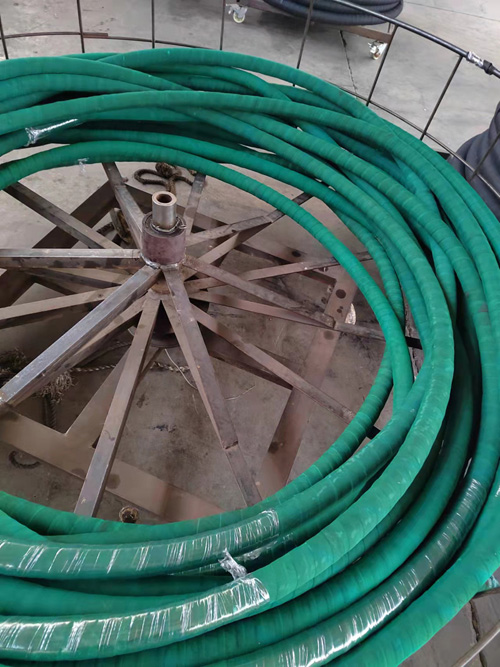Why Choose a Large Diameter Rubber Tube for Industrial Applications?
2025-06-18
In industrial environments where durability, flexibility, and high-volume transfer are essential, large diameter rubber tubes are a go-to solution. From transporting fluids in factories to accommodating high-pressure systems in construction and mining, these oversized rubber tubes are built to handle the toughest jobs. But what makes them so valuable across various industries?

What Is a Large Diameter Rubber Tube?
A large diameter rubber tube typically refers to a rubber hose or pipe with an internal diameter larger than 3 inches (76mm) and can go up to several feet wide depending on the application. These tubes are made from natural or synthetic rubber materials, such as EPDM, Nitrile, or Neoprene, often reinforced with fabric, wire braiding, or even steel to withstand internal and external pressures.
Where Are They Commonly Used?
Large diameter rubber tubes are used across a variety of industries, including:
Construction – For concrete pumping or water discharge.
Mining – To handle slurry, sand, and gravel with abrasion-resistant linings.
Agriculture – For irrigation, chemical spraying, and water suction.
Marine – To transfer oil, fuel, or ballast water.
Oil and Gas – For transferring petroleum-based products and drilling mud.
What Are the Key Benefits?
1. High Flow Capacity
Due to their wide opening, these rubber tubes can transfer large volumes of fluids or solids efficiently. This makes them ideal for operations where time and volume matter.
2. Flexibility and Versatility
Unlike metal pipes, rubber tubes are flexible and can bend without cracking or breaking. This flexibility makes them easier to install and maneuver in tight or irregular spaces.
3. Resistance to Harsh Conditions
Whether it’s extreme temperatures, UV exposure, chemical corrosion, or abrasion, rubber tubes are designed to perform under pressure—literally. Specialized rubber compounds can be selected based on the environment.
4. Shock and Vibration Absorption
Rubber inherently dampens vibration and absorbs shocks, which protects machinery and extends service life in dynamic systems.
What to Consider When Choosing?
When selecting a large diameter rubber tube, think about:
Material compatibility with the fluid or solid it will carry.
Operating temperature and pressure range.
Flexibility and bend radius.
Reinforcement type, especially for high-pressure use.
Durability in outdoor or harsh environments.
Conclusion
Large diameter rubber tubes offer an effective, durable, and adaptable solution for high-volume and high-stress industrial applications. Whether you're in construction, mining, marine, or manufacturing, the right rubber tube can make a big difference in performance and reliability.
Need quality large diameter rubber tubing? Contact a professional supplier to ensure you get the right fit for your operation.


